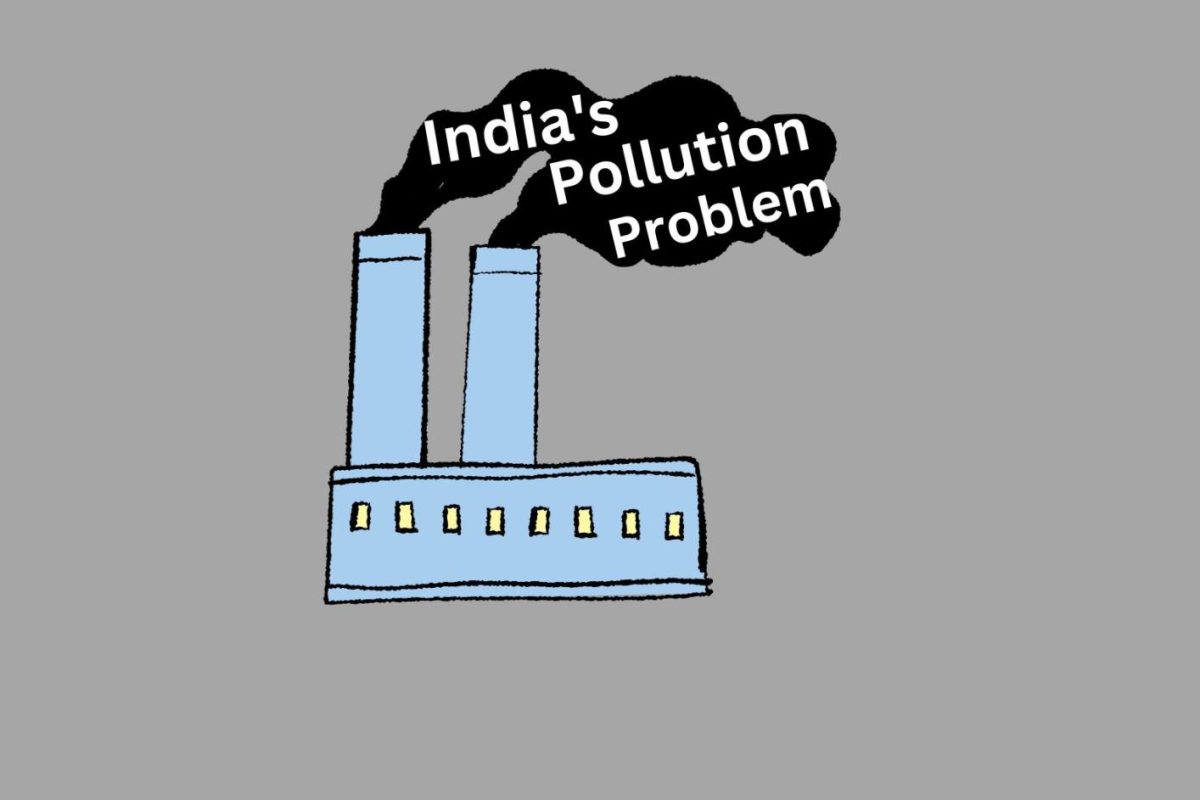Air pollution kills over a million Indians each year. According to The Financial Times, at least 140 million Indians breathe air 10 times above the global safe limit. As a result, Indian citizens continue to suffer from poor air quality and respiratory diseases.
In crowded cities like New Delhi, officials are taking action to combat heavy air pollution. Primary schools, polluting vehicles, and construction work were temporarily halted this week as the city battles one of the worst haze and smog events of the year. At particulate matter levels of over 400 ppm, New Delhi’s air quality seriously threatens human health.
Located in Northern India, New Delhi is among the most polluted cities in the world. Due to the astronomical levels of air pollution, many residents have been advised to wear face masks and avoid going outside. Aside from causing respiratory illnesses, breathing polluted air can result in issues with blood pressure, cancer, and diabetes. With COVID-19 continuing to be an issue, many people’s lungs are already weak and vulnerable to respiratory problems.
India has consistently suffered from air quality issues due to its massive population and growth in the automotive and construction industries. Factories, power plants, and burning practices in agriculture are also major contributors. As a developing country, India continues to facilitate economic growth with cheaper tactics and lower production costs.
New Delhi in particular provides the perfect environment for smog and pollution. Surrounded by the Himalayas, movement of air in New Delhi is limited. In the summers, the upward movement of air prevents smog from accumulating over the city. However, as winter rolls around, moisture and cold air blown off the mountains trap dust and smoke, creating hazardous air quality levels in the city. In addition, farmers in Northern India commonly practice “stubble burning” or the burning of excess straw fields after fall harvests. This cheap method of disposal releases a large amount of smoke, further contributing to India’s annual pollution crisis.
Government policies such as the National Clean Air Programme have been created to target pollution from its root causes. Alongside government policies, more money must be invested in the green energy and electric vehicle industries. Laws must also be enforced that ban harmful farming practices and the burning of waste.









